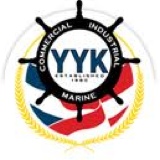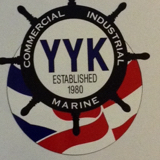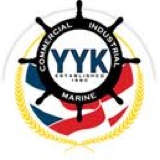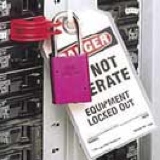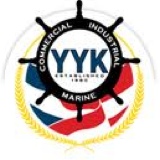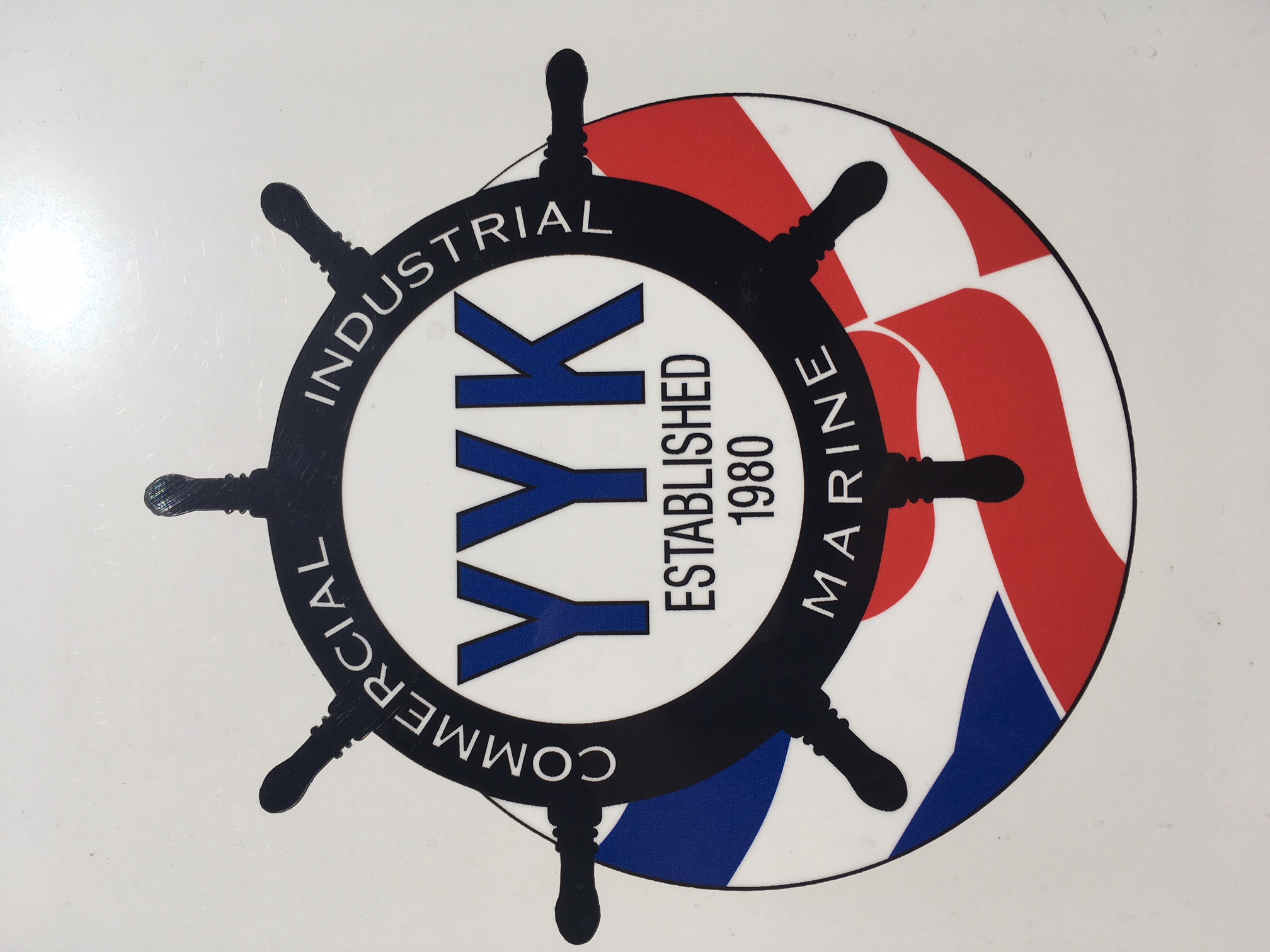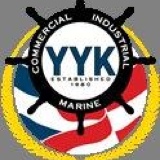Information
-
Job Number
-
Ship
-
Location
- NAVSTA
- NASSCO
- BAE
- NASNI
- CMSD
-
Conducted on
-
Auditor
- Ron Pivaro
- Juan Saludes
- Henry Huffman
- Carlos Sosa
Administrative
-
Site specific emergency procedures reviewed?
-
All personnel posses OSHA 10 hour card?
-
Does job box and equipment have CORRECT POC's?
-
Do boom lift and forklift operators have their training cards?
-
Is scaffold in good condition and GREEN TAGGED?
-
Any Confined Space entry to be coordinated?
-
Any hot work notifications required
-
Paint sample results reviewed?
-
Are any containment inspections required? (Usually for over water projects such as catwalks)
-
Is the first aid kit on site and fully stocked?
-
Is eye wash station or eye wash bottles on site?
PPE and Hand Tools
-
Safety glasses, hard hats, and ear plugs are always required on YYK jobs, is anyone currently not in compliance
-
Take a look at the crews steel toes boots, is any metal showing, is there sufficient heel depth and are the boots not ripped or torn
-
Take a look at a few of the crews hard hats to check suspension and for cracks. Review reasons and procedure with employee
-
Is all protective equipment maintained in a sanitary condition and ready for use, such as respirators in bags
-
Do you have eye washing facilities within the work area?
-
Has this job foreman been directed to ensure and ENFORCE proper use of PPE?
-
Confirm hand tools currently being used are in good condition by talking to users, visually check as well.
-
Review bad inform employees of hazards related to faulty or improperly used equipment
-
Foreman will ensure PPE IS IN USE AT ALL TIMES
Electrical
-
Are portable electrical tools and equipment grounded or of the double insulated type?
-
Are electrical appliances such as vacuum cleaners and blowers grounded?
-
Do extension cords being used have a grounding conductor?
-
Ensure multiple plug adapters are not in use
-
Check wiring and cords for fraying, cuts or deterioration and remove and replace promptly
-
In wet or damp locations, are electrical tools and equipment appropriate for the use or location or otherwise protected?
-
Are all disconnecting switches and circuit breakers labeled to indicate their use or equipment served?
-
Are all energized parts of electrical circuits and equipment guarded against accidental contact by approved cabinets or enclosures?
-
Is sufficient access and working space provided and maintained about all electrical equipment to permit ready and safe operations and maintenance?
-
Are all unused openings (including conduit knockouts) in electrical enclosures and fittings closed with appropriate covers, plugs or plates?
-
Are electrical enclosures such as switches, receptacles, junction boxes, etc., provided with tight-fitting covers or plates?
Walking, Tripping & Falling
-
Is this work in a bilge?
-
Has crew been briefed by safety department on dangers in bilge?
-
Are "DECK PLATES REMOVED" signs posted?
-
Are "RESTRICTED ACCESS YYK PERSONNEL ONLY" signs posted?
-
Are "CAUTION HOT STEAM PIPE" signs posted?
-
Is there sufficient lighting?
-
Are aisles and passageways kept clear?
-
Are holes in the deck or other walking surface covered or otherwise made safe?
-
Is there a safe clearance for walking in aisles where motorized or mechanical handling equipment is operating?
-
Are means available to clean and remove spilled materials immediately?
-
Are materials/equipment stored so that sharp projectiles will not interfere with the walkway?
-
Are changes of direction or elevations readily identifiable?
-
Are aisles or walkways that pass near moving or operating machinery, welding operations or similar operations arranged so employees will not be subjected to potential hazards?
-
Is adequate headroom provided for the entire length of any aisle or walkway? If not is tape, flags etc identifying hazardous areas
-
Are standard guardrails provided wherever aisle or walkway surfaces are elevated more than 30 inches above any adjacent floor or the ground?
-
Are bridges provided over pipes and similar hazards?
Portable Ladders
-
Have the ladders been inspected for damage?
-
Is the non-slip safety feet on each ladder in good condition?
-
Are ladder rungs and feet free of grease and oil?
-
If ladders are used to gain access to elevated platforms is the ladder extending 36" above the elevated surface?
-
Are portable ladders used with the base in place so that slipping will not occur, or it is lashed in place?
-
Are any ladders placed on boxes or other unstable bases to obtain additional height?
-
Is the ladder blocking any exit, hatch, scuttle doorway, etc.?
Compressors & Compressed Air
-
Is this a diesel compressor and if so is the APCD permit posted?
-
Are compressors equipped with pressure relief valves, and pressure gauges?
-
Is the belt drive system totally enclosed to provide protection for the front, back, top, and sides?
-
Are safety collars in place at all connectors?
-
Is it strictly prohibited to direct compressed air towards a person?
-
When using compressed air for cleaning, do employees use personal protective equipment?
-
Is it prohibited to use compressed air to clean up or move combustible dust if such action could cause the dust to be suspended in the air and cause a fire or explosion hazard?
-
Add signature
Hazardous Chemical Exposures
-
Are MSDS's on site?
-
Are employees aware of the potential hazards involving various chemicals stored or used in the workplace-- such as acids, bases, caustics, epoxies, and phenols?
-
Are employees prohibited from eating in areas where hazardous chemicals are present?
-
Are flammable or toxic chemicals kept in closed containers when not in use?
-
Are drums and containers stored on spill containment pallets or pans?
-
Are metal flammable storage drums grounded properly to prevent sparks and fire?
-
Is the HAZMAT locker labeled with POC's and in a secondary containment?
-
Are secondary labels available and being properly used?
-
Is sufficient ventilation in place?
-
Which type of respirator cartridge is required for this job?
-
Are those respirator cartridges on site in sufficient quantity?
-
Who is responsible for HAZMAT disposal?
-
Are sufficient labels available for disposal?
-
Are secondary containments in place?
-
Are compressed gas cylinders in use at job site?<br>If YES utilize
Spraying Operations
-
Is containment inspection required? (Usually on over water jobs such as a catwalk)
-
Is adequate ventilation assured before spray operations are started?
-
Is mechanical ventilation provided when spraying operation is done in enclosed areas?
-
When mechanical ventilation is provided during spraying operations, is it so arranged that it will not circulate the contaminated air?
-
Is the spray area free of hot surfaces?
-
Is the spray area at least 20 feet from flames, sparks, operating electrical motors and other ignition sources?
-
Are portable lamps used to illuminate spray areas suitable for use in a hazardous location?
-
Is approved respiratory equipment provided and used when appropriate during spraying operations?
-
Do solvents used for cleaning have a flash point of 100 F or more?
-
Is the spray area kept clean of combustible residue?
-
Are paint mixing and staging areas in a secondary containment?
-
Is foreman actively enforcing PPE policy particularly in regards to eye protection?
-
Foreman initials for PPE
Protection During Contamination Producing Operation & Maintaining Cleanliness During Job Period
-
3.1.1 Prior to installation accomplish an inspection of protective covering to identify the current condition of equipment and surface prep area?
-
3.1.1.1 Submit one legible copy in hard copy or electronic media of the result of inspection to supervisor, prior to beginning of contamination producing operation <br>**This must be signed by supervisor or ship force**
-
Install filter material on intake of supply and exhaust e d of ventilation system
-
Install double curtain baffles at the entrance of each access
-
Inspect the protective covering at the beginning of shift
-
Maintain cleanliness of work site daily
-
Remove protective covering and dispose of at completion
-
Add signature
Flammable & Combustible Materials
-
Are combustible scrap, debris and waste materials (I.e. oily rags) stored in covered metal receptacles and removed from the worksite promptly?
-
Are approved containers and tanks used for the storage and handling of flammable and combustible liquids?
-
Are all flammable liquid kept in closed containers when not in use (e.g. Parts cleaning tanks, pans)?
-
I liquified petroleum gas stored, handled and used in accordance with safe practices and standards?
-
Are all solvent wastes and flammable liquids kept in fire-resistant covered containers until they are removed from the worksite?
-
Is vacuuming used whenever possible rather than blowing or sweeping combustible dust?
-
Are employees trained in the use of fire extinguishers?
-
Are extinguishers free from obstructions or blockage?
-
Are all extinguishers serviced, maintained and tagged at intervals not to exceed one year?
-
Are safety cans used for dispensing flammable or combustible liquids at a point of use?
Auditor Notes and Signature
-
Notes and summary (if necessary)
-
Auditor
-
Signature
